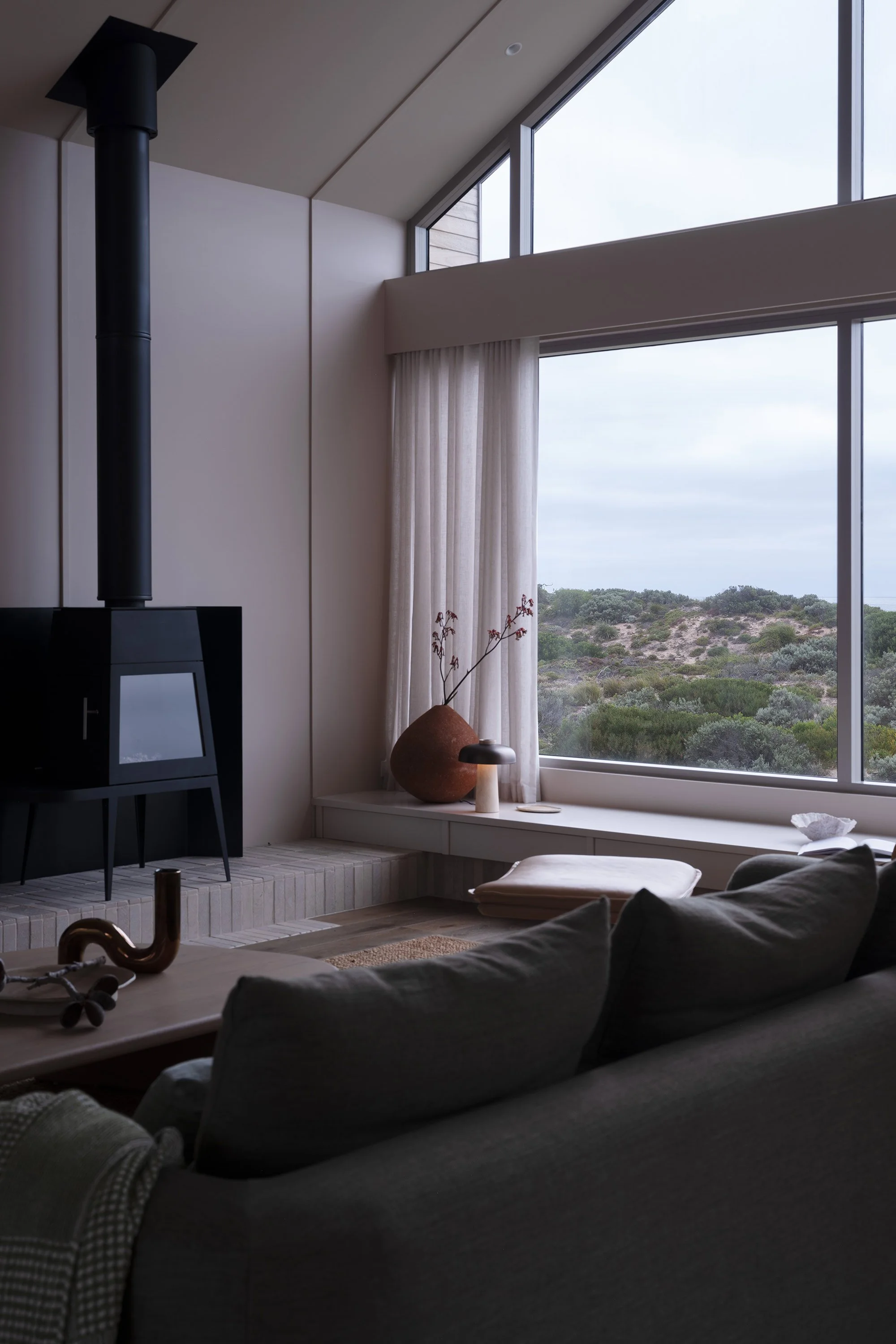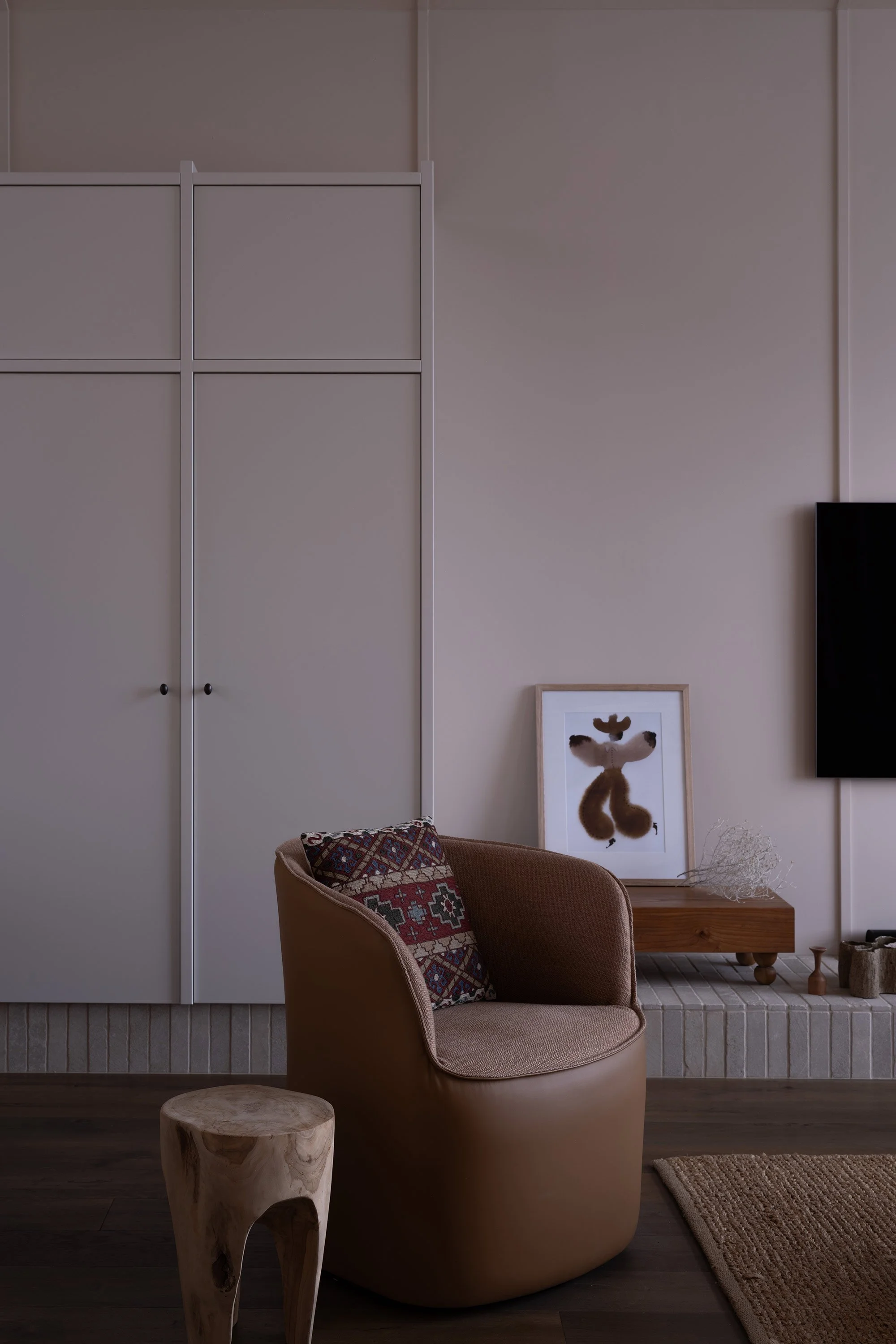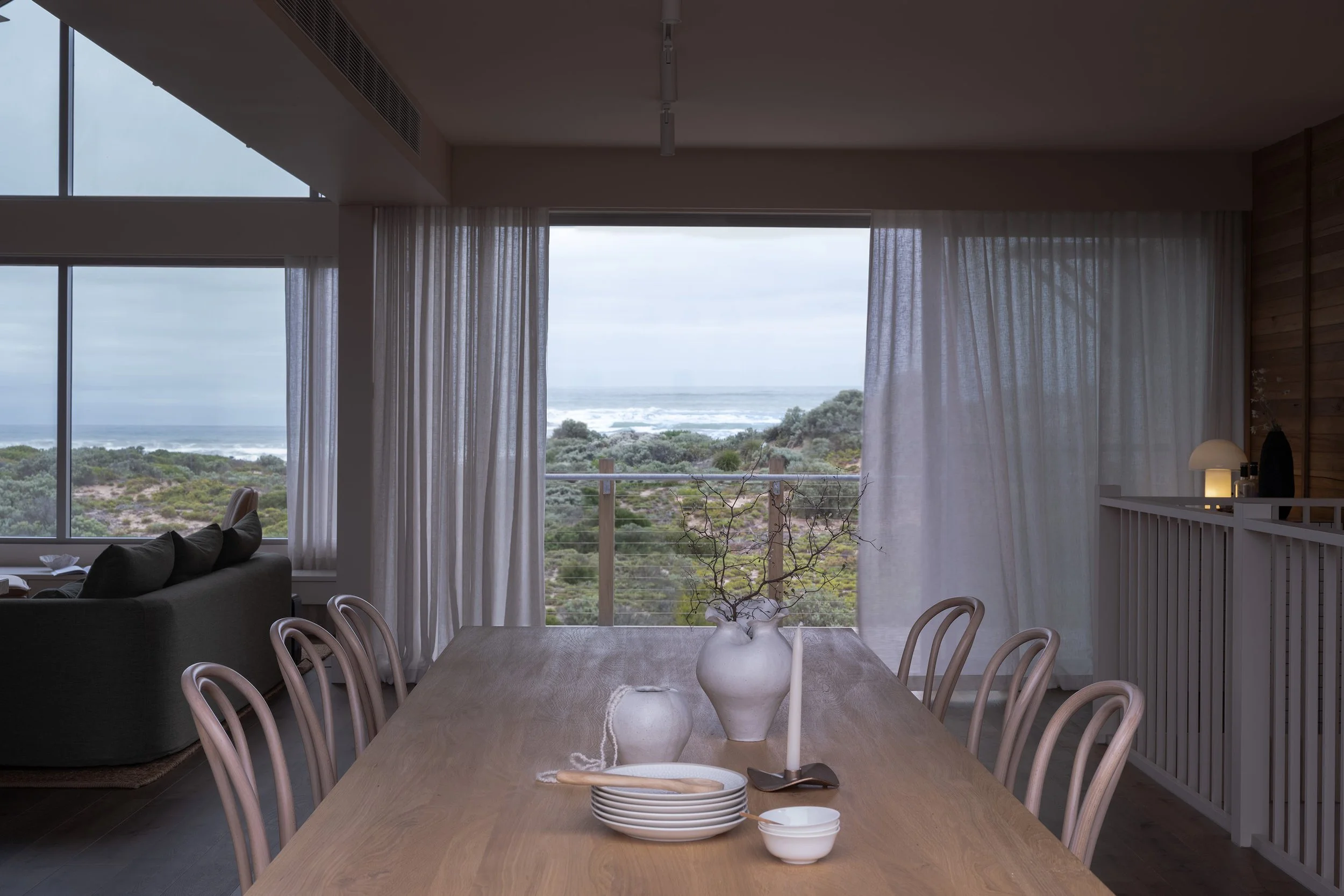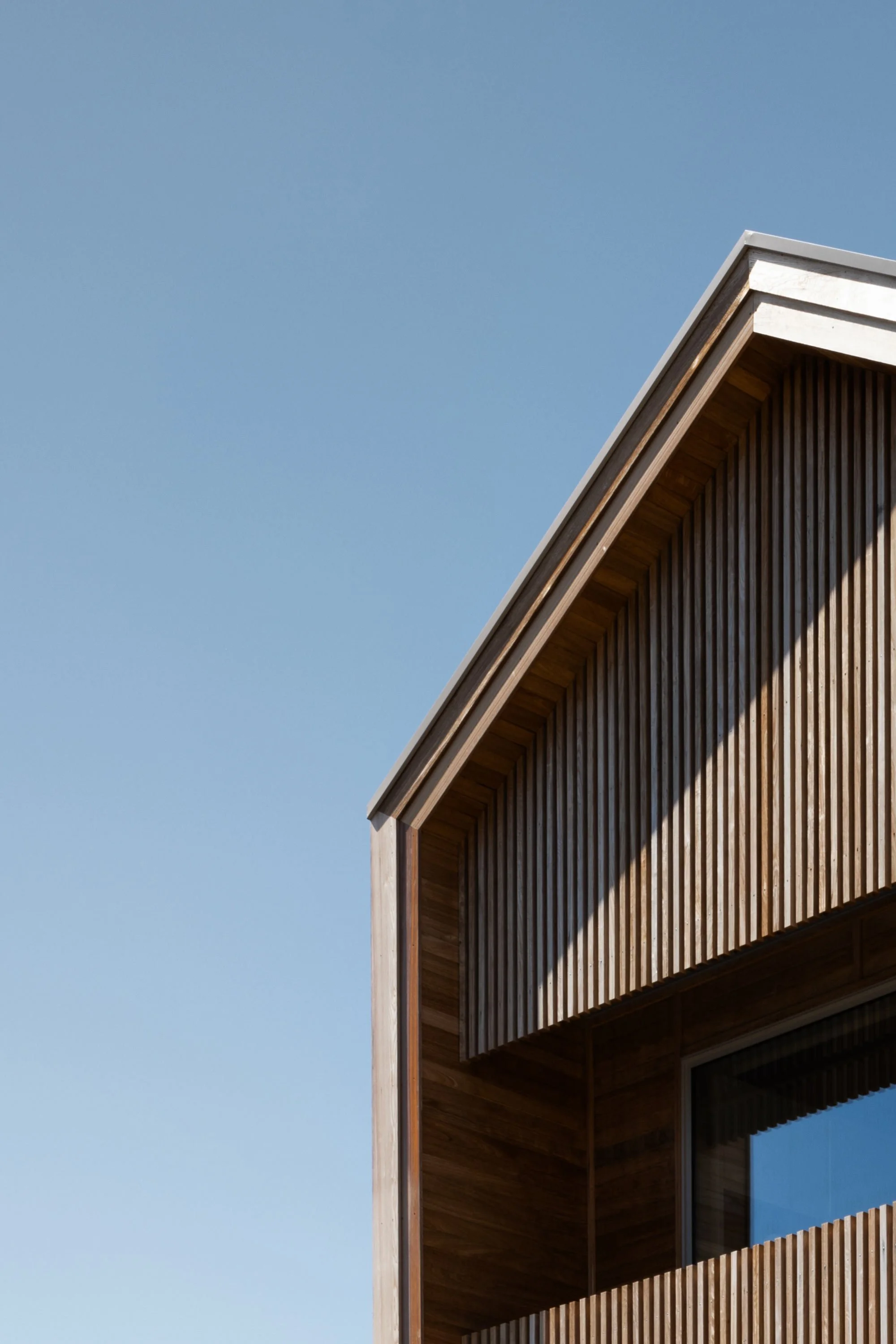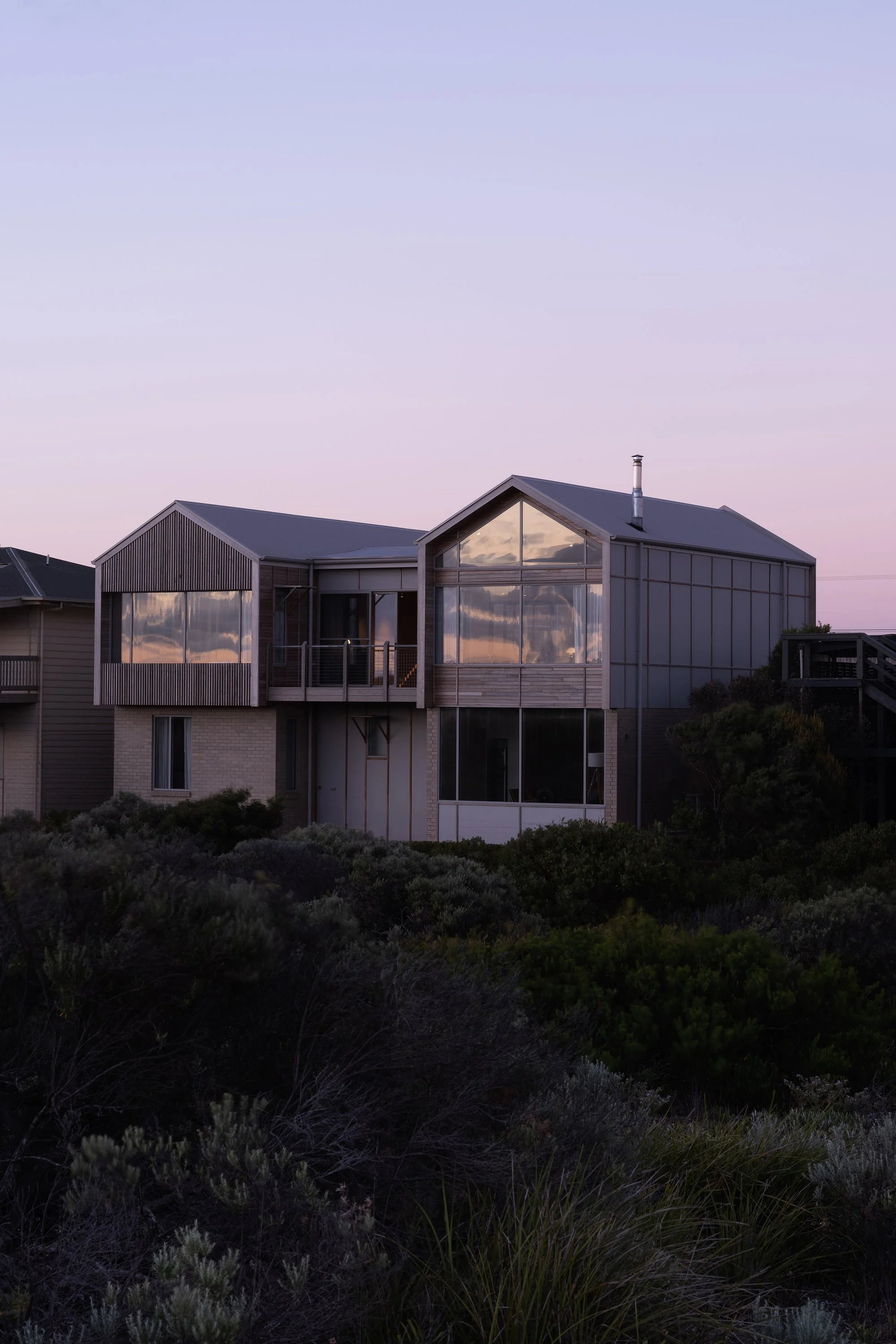A Modest Coastal Retreat Grounded in Craft & Connection
On South Australia’s Fleurieu Peninsula, Williams Burton Leopardi has created a family sanctuary that privileges the natural and handmade
Unlike many contemporary coastal homes that delineate between adult’s and children’s spaces, Dunes House aims to dissolve these thresholds, fostering a more fluid and intuitive way of inhabiting the home. At its heart, the home is a place of gathering, where family connection is prioritised over compartmentalisation.
‘It’s a place to escape to, to refresh,’ says David Burton, director of design firm WBL. With an outlook that captures the rolling dunes and distant surf, the house invites an engagement with the landscape, offering a layered experience of protection and openness.
Set within the subtle dune forms of Middleton Beach, on South Australia’s Fleurieu Peninsula, Dunes House is a home shaped by its surroundings — both physical and emotional. WBL’s approach embraces an architectural language that is familiar yet refined, evoking the quiet simplicity of the classic Australian beach shack while responding to the unique lifestyle requirements of contemporary coastal living.
Sited atop a carefully recontoured dune, the house subtly steps forward of its neighbours, creating an unbroken connection to the southern dunes while maintaining a sense of retreat. And drawing on the resilience needed within such corrosive conditions, the materiality and massing capture contrasting themes of robustness and lightness. At the base, a solid foundation and first level of masonry anchors the overall silhouette — a nod to the pragmatic construction methodologies of many of the homes in the area. Above, a lightweight timber volume extends out, stretching out to expansive views over the coastal terrain. ‘While it’s designed as a single building, we’ve used massing and lightness to respond to the surrounding context,’ Burton explains.
The project was shaped in part by a shift in the family’s priorities, reinforcing the idea of home as a place of sanctuary and seclusion. ‘It became a symbol of pulling the family together—a place that felt comfortable and protected,’ says Burton. The design carefully balances exposure and shelter, with screening and fenestration responding to both privacy and climate, and dedicated outdoor spaces that have been curated to provide protection from the incoming coastal winds. Sustainability underpins each gesture, with the need for the home to both be low maintenance and minimise an overall environmental impact, with passive design principles, solar power, battery storage and rainwater harvesting integrated.
Beyond its structural resolution, Dunes House was conceived as a crafted object — its materiality and detailing imbued with the tactile quality of the handmade. ‘We wanted it to feel like it was handmade, like traditional shacks built from materials that carry the mark of the craftsperson,’ Burton explains. Interior spaces reference the informality of classic beach houses, with V-board lining in the bathrooms and a robust masonry treatment in the downstairs rumpus room that speaks to the enduring appeal of relaxed, utilitarian spaces.
Dunes House explores how architecture can foster a deeper connection to place. Through a careful negotiation and capturing of moments of nostalgia amongst contemporary sensibilities, it presents a version of coastal living that is attuned to both memory and materiality. The modest home is a retreat shaped by the landscape, as an idyllic and naturally immersed quietening escape.
Text by Bronwyn Marshall
Images by Caroline Cameron


